How can we best protect forests for the myriad ecosystem services they provide – capturing and storing carbon, protecting river systems and soils, maintaining biodiversity and ensuring access to bushmeat?
The default option among governments and conservationists alike is usually to send in the scientists, create a protected area and police it for all you are worth. An increasingly popular option for funding is to establish the forest’s carbon capacity and put it up for sale: “Would-be carbon offsetters apply here.”
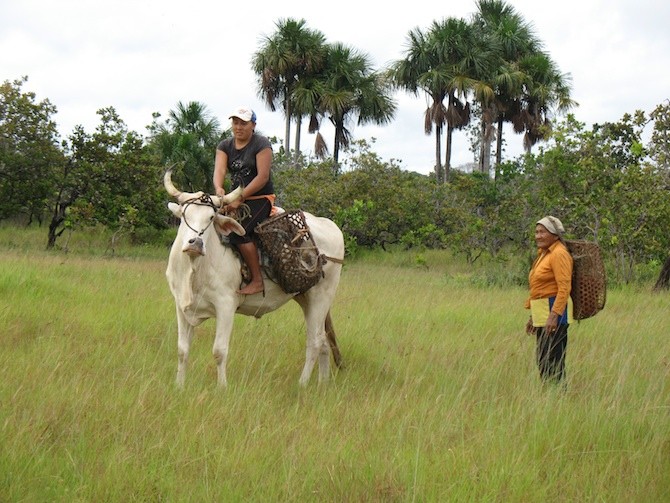 Wapichan people heading out into the forest to gather produce. Photo: Fred Pearce
Wapichan people heading out into the forest to gather produce. Photo: Fred PearceThe presumption is that the local forest dwellers and users have to be kept out, and if that is not possible then at least kept under strict control.
But that increasingly looks like exactly the wrong approach. Because, concludes a detailed study compiled by the World Resources Institute, with the Rights and Resources Initiative (RRI), local community control, backed up by legal title, usually works best.
The report, Securing Rights, Combating Climate Change, finds that, contrary to common presumption, there is no conflict between the two goals identified in the title. Community control of forests maintains more forest, stores more carbon, protects more wildlife and keeps more outsiders at bay.
From Brazil to Papua New Guinea, the report reviews over 130 studies in reaching its conclusion. In the Brazilian Amazon, 7 per cent of forests outside community-controlled areas have been lost to ranchers, farmers and loggers since 2000. But inside community forests, the figure is just 0.6 per cent. In Brazil, community forests contain 36 per cent more carbon, for instance. Guatemala, Mexico and other countries with community forest sectors shows similar stats.
The data demonstrate the assertion that won Elinor Ostrom the Nobel prize for economics five years ago. Given the chance and the legal backing, communities manage their natural resources best, taking a long-term view about their value. They know the ecosystem services of their forest, or savannah grassland or wetland better than any scientist, and usually act accordingly.
Their method of management is often different from conventional conservation. Rather than creating fenced reserves, communities manage their forests for use – for bushmeat hunting, for gathering the fruits of the forest, for low-intensity swidden farming. They instinctively recognise the nostrum: use it or lose it.
The trouble is that most governments are still reluctant to hear this message. Ceding control is often against their nature. While Brazil has 28 per cent of its forests under community control (and deforestation rates are falling fast), Indonesian forest communities only have title to around 2 per cent (and deforestation rates are now the highest in the world).
Communities are gradually getting title, but they still only have control of an eighth of the world’s forests. The highest rates are in Latin America and the lowest in Africa, where 99 per cent of the forests in the Congo basin remain under government control. And the RRI has found that rates of transfer have been falling, with transfer rates for full title now less than a fifth what they were a decade ago.
There is no sign that the development of REDD+ carbon schemes are helping, even though many REDD initiatives pay lip service to tenure security as a key requirement for success. If anything, the desire to count every tonne of carbon is encouraging a more protectionist agenda in forests.
Take Guyana, which I visited recently with the UK-based Forest Peoples Programme (FPP). The government there has won plaudits for its promises to protect its forests. In 2010, President Bharrat Jagdeo told a UN climate conference: “We have decided to protect our entire forest”, and launched what he called a “low carbon development strategy”, with funding from Norway.
But Amerindian communities of southern Guyana, such as the Wapichan, say the forests are theirs and they have the means and the will to protect them far better than the government. The Wapichan, who number about 9000, have digitally mapped their territory – an area the size of Wales – in great detail, documented existing uses and drawn up a remarkable plan for its future.
They call this documentation the “10c project”, after a clause in the UN Convention on Biological Diversity, which says governments should “protect and encourage customary use of biological resources in accordance with traditional cultural practices that are compatible with conservation and sustainable uses practices.”
That plan includes turning over half of Wapichan territory – including most of the existing forested areas – into a community forest covering 1.4 million hectares, making it one of the world’s largest, according to FPP’s Tom Griffiths. They want to apply their customary law there, allowing “traditional practices, including hunting, fishing, gathering of construction and craft materials, bush medicines and bina [spirit charms, which may include animals, plants, insects or even rocks].”
The Wapichan have been waiting for several years for decisions on their claim. They say that, despite promises, they have seen no evidence that the government is actively considering it. Meanwhile, parts of their land are being parcelled out to gold miners.
“The government has to see that indigenous people are the best protectors of the forests,” Faye Fredericks, a women’s leader in the village of Sholinab, told me. “We use the forests but we don’t destroy them. They should be encouraging us to take charge of the forests and protect them.”
The findings of the new WRI report should give the Guyanese government the courage to loosen the chains. It will also feed into a growing global argument about “green grab”.
In 2012, the IUCN network of conservation scientists committed to integrating human rights considerations into conservation. A conference on land grabbing in Interlaken in Switzerland last year, heard calls for that commitment to be extended to returning some of the 20 million square kilometres of land taken from communities over the years in the name of conservation. The issue is on the agenda for the World Parks Congress in Sydney in November.
But the WRI report makes clear this is not just a rights issue. The data suggest strongly that community control is not just compatible with the goals that conservationists set. It is demonstrably the best way of achieving them.



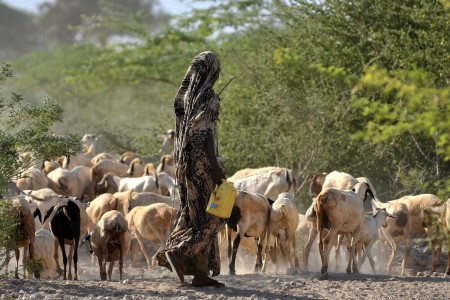



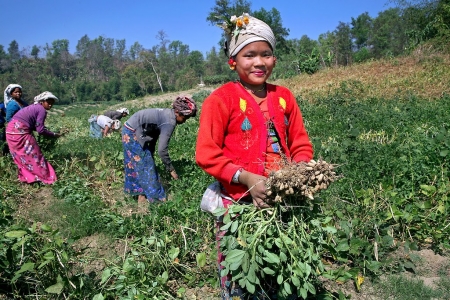



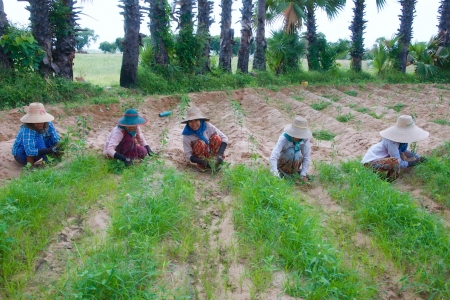
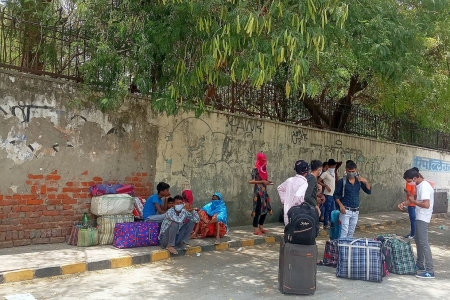




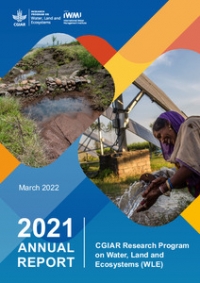
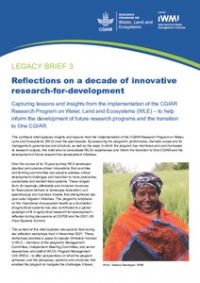
Comments
Thank you for this clear explanation of the benefits of letting communities take over protection of forests. Another recent post on this blog was about the troubles that communities in Bangladesh have faced in managing water (https://wle.cgiar.org/blogs/2014/08/11/successful-decentralized-water-man...). I realize that the circumstances may be very different, but I wonder if there are any lessons from successful community forest management that could be transferred to community water management.
Do you have any thoughts on what has helped community forest management avoid pitfalls, particularly when it comes to imbalances of power or conflicting needs within a community?